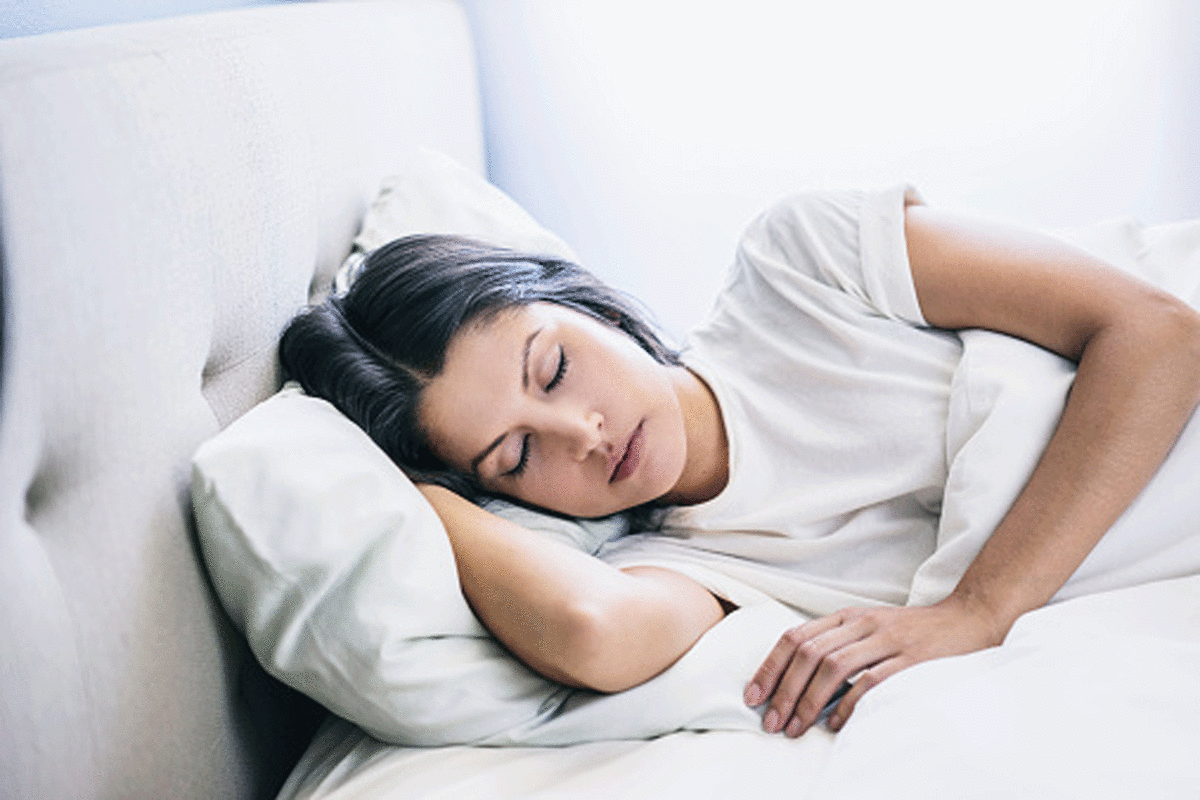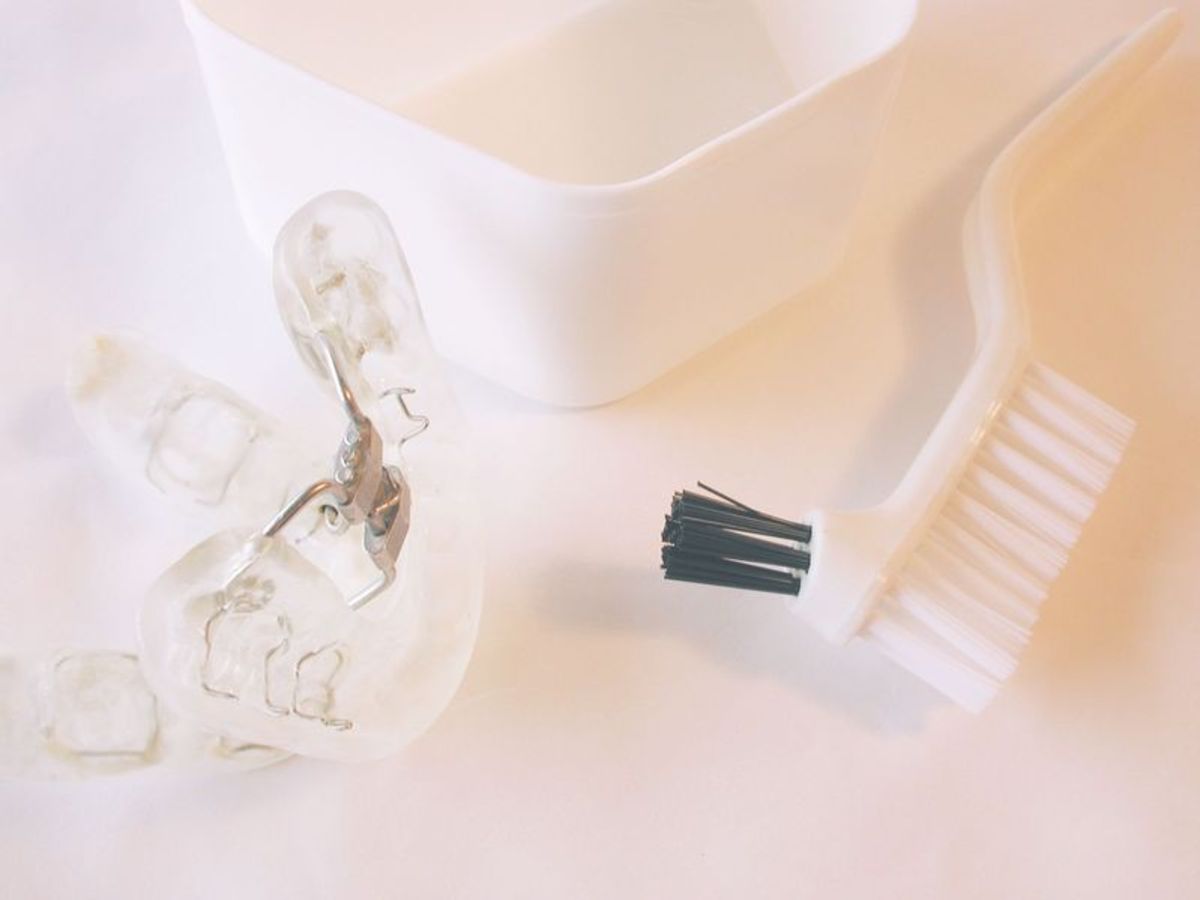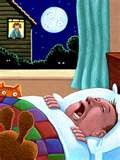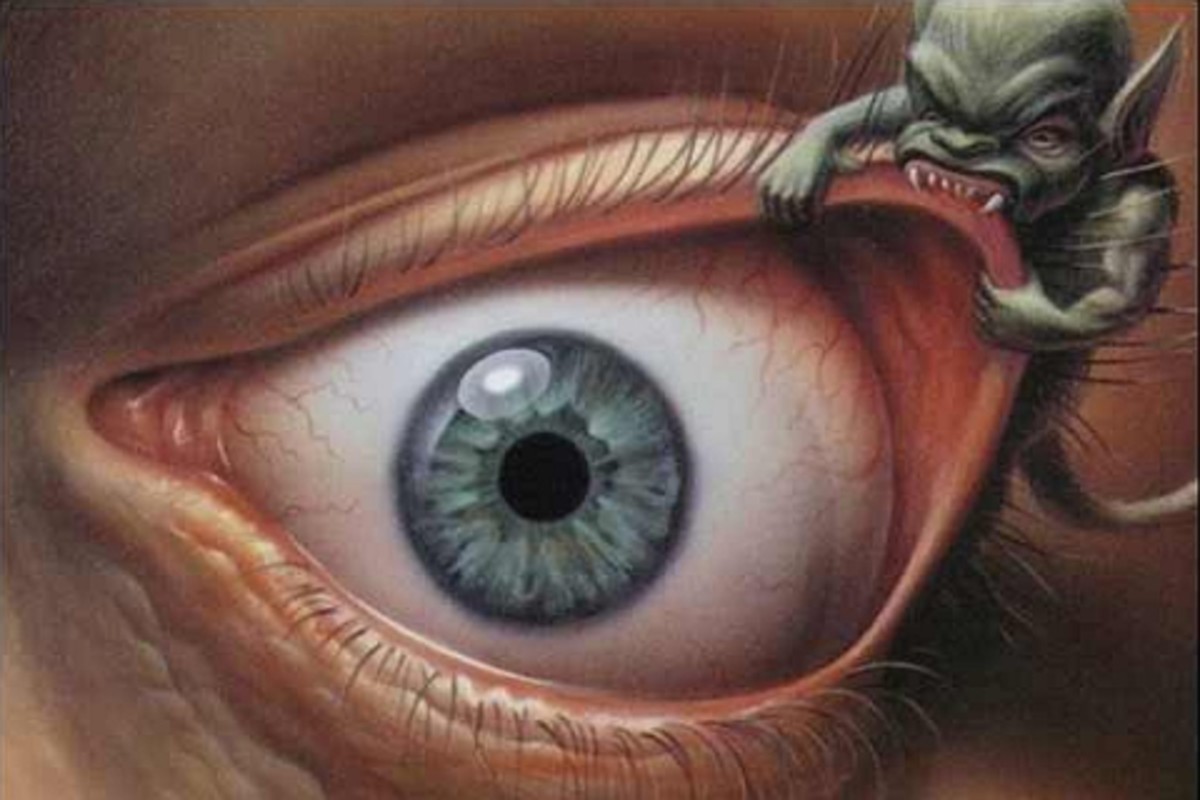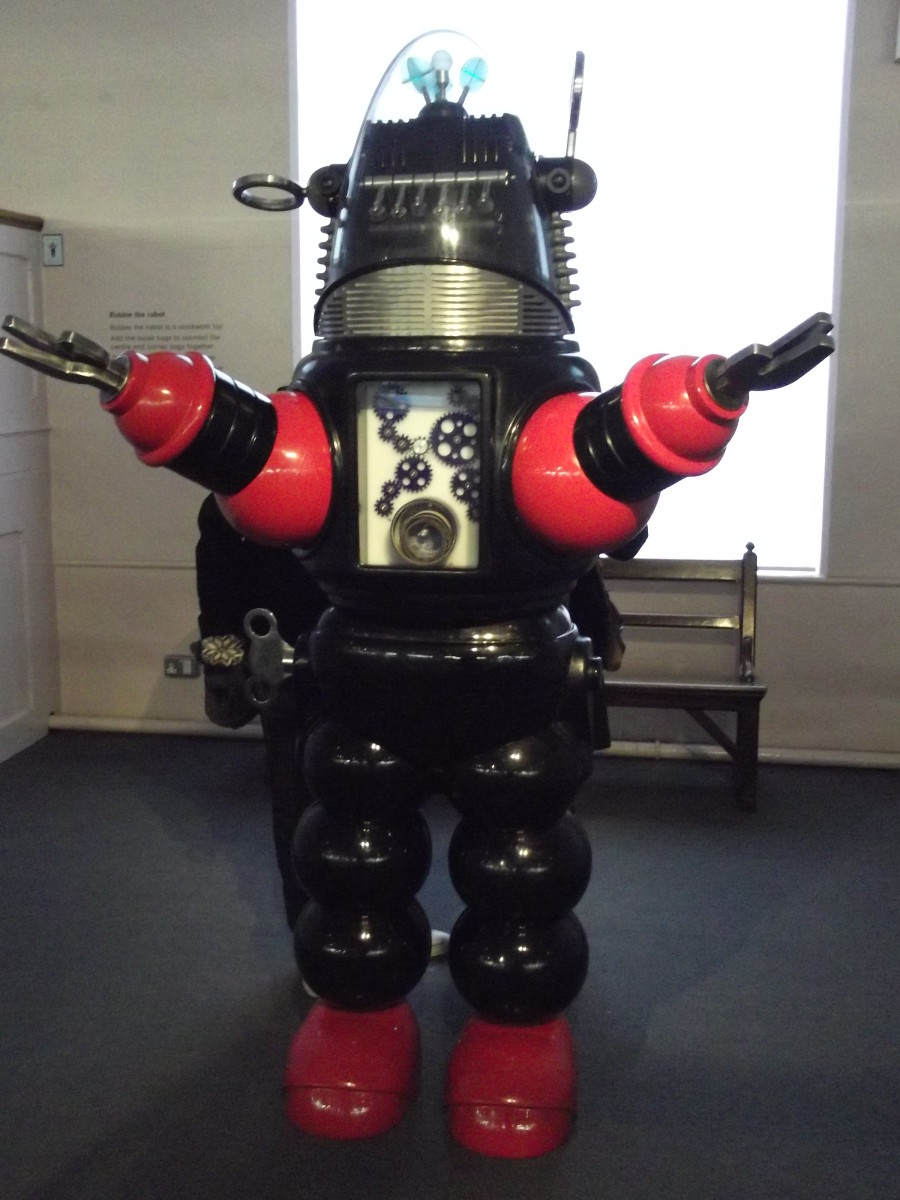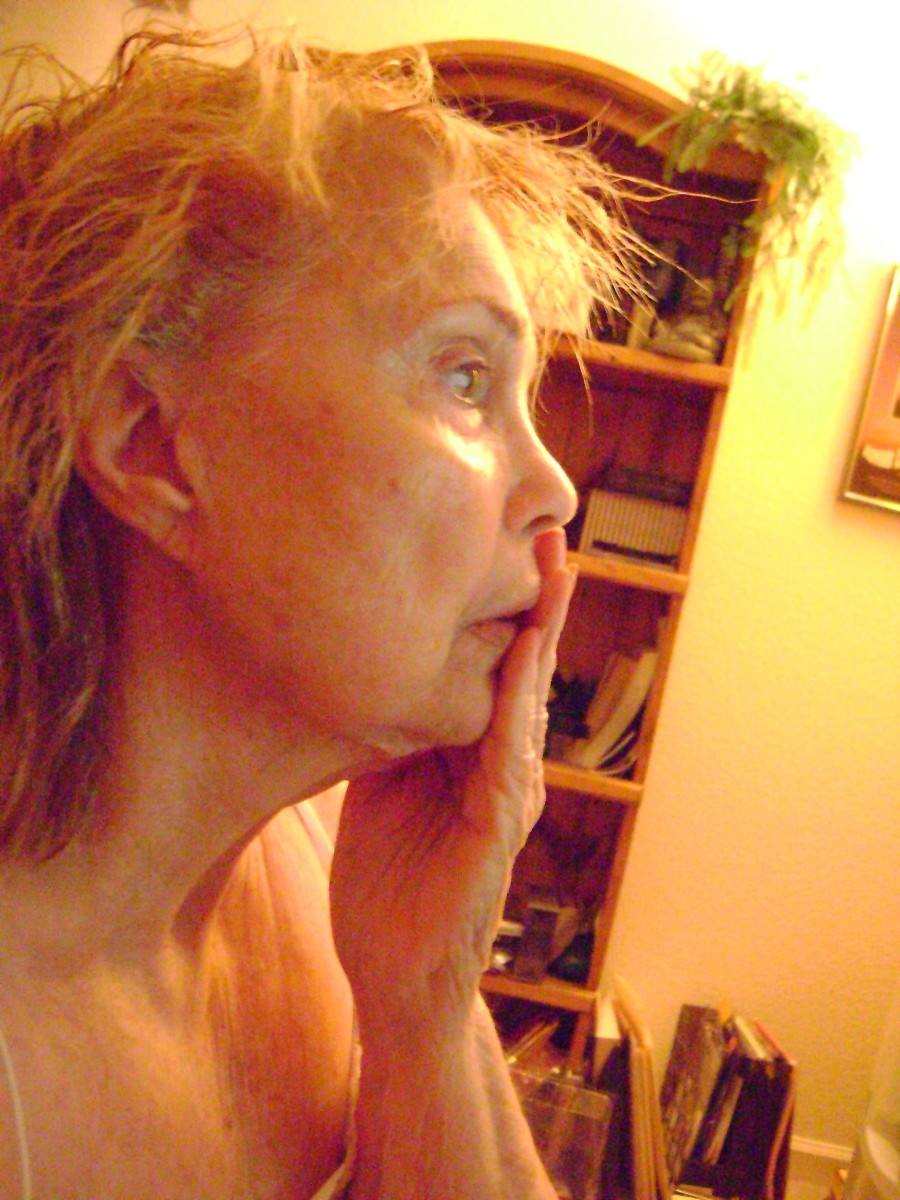Sleep Apnea: A Common Sleep-Related Disorder
Sleep Related Disorder
Sleep apnea is a sleep-related disorder many people conveniently ignore. People suffering from this ailment will stop breathing while sleeping for as long as 15 seconds to 1 full minute, and then choke on their breath. Severity of the ailment differs for each person. However, the rasping sound caused by sudden intake of breath (called snoring) does not seem threatening to most people. They attribute it to hereditary causes because there is a lack of proper understanding of this disorder. Losing sleep can upset your metabolism and lead to other related diseases.
These diseases like memory loss, diabetes, and heart disease deteriorate the metabolism. Loss of sleep at night will interrupt the building activity that takes place at night. Cell-building process requires oxygen, and when this is deprived due to sleep apnea, the process comes to a halt. Digestion is upset and sugar builds up because the processing and synthesis of energy has stopped altogether.
Sleep Apnea Causes Fatigue
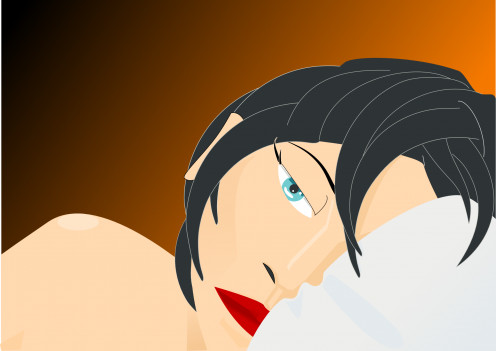
Symptoms of Sleep Apnea
Those who have sleep apnea will exhibit at least one or more of these symptoms:
- Restlessness the morning after
- Choking sensation during sleep
- Bad metabolic activity – digestion, sleep, tissue repair
- Inability to concentrate on matter in hand
- Irritation
- Poor appetite
People with these symptoms dismiss them as commonplace events brought on by some incident that happened during the day. But, they will continue to have these symptoms. Poor appetite and restlessness they blame on stress they experience through the day. They have bad metabolic activity and again dismiss it as nothing important. Ignoring the symptoms can prove dangerous.
Knowing More About Sleep Apnea
Did you ever experience shortness of breath in your sleep?
Types of Sleep Apnea
One can observe two different kinds of sleep apnea in people. The person may have either of the two sleep apneas, or both.
a) Central type of sleep apnea
b) Obstructive sleep apnea
c) Mixed sleep apnea
Central type of sleep apnea arises from deficient brain activity. Obstructive is more dependent on body tissues and their development while the mixed type will have both in differing levels.
Sleep Apnea Affect Men More

Causes For This Disorder
- Central type sleep apnea: Here the central nervous system fails to signal properly and when there is disruption of breath during sleep, it does not tell the body to begin to breath again. Most people tend to disregard this sleep related disorder thinking snoring is common and there is nothing to worry about.
- Obstructive sleep apnea: When tissues grow to large proportions in the airways (nasal passage and throat region), it blocks the flow of air. This happens when the person is obese or has some infection that causes the tissues of the throat to swell up (like tonsillitis).
- Mixed sleep apnea: In this, the person has incidence of both kinds of sleep apnea. They tend to develop over time and so one has to take quick action.
Round Up of This Ailment
Type
| Causes
| Treatment
|
|---|---|---|
Central
| Failure of central nervous system
| Medication
|
Obstructive
| Growth of tissues in airways
| CPAP
|
Mixed
| Both of the above
| Neurostimulation
|
General treatment of sleep apnea
Sleep Apnea in Detail
The Treatment for Sleep Apnea
Treatment for this disorder begins with behavioral therapy. Patients must understand the need to avoid sleeping potions and alcohol. These can impede breathing and aggravate symptoms.
Most patients respond positively to medication like acetazolamide when they have central type of sleep apnea alone. Other medicines produce side effects and so one should use them with care. Neurostimulation is another method adopted to treat sleep apnea. The patient wears an upper airway stimulation system that senses the breathing and sends an electrical impulse that pushes back the tongue. This eliminates airway obstruction when the cause of obstruction is the tongue.
i) Medication
ii) CPAP
iii) Neurostimulation
iv) Oral appliances
Continuous positive airway pressure (CPAP) is common and effective method adopted widely today. In this, the person wears a mask that connects to a supply of air. This sends a flow of pressurized air into the mouth of the patient. The pressure keeps the airway open.
Oral appliances such as mandibular advancement splint helps to position the lower jaw correctly so that breathing becomes normal.
Supplementary Oxygen May be Needed
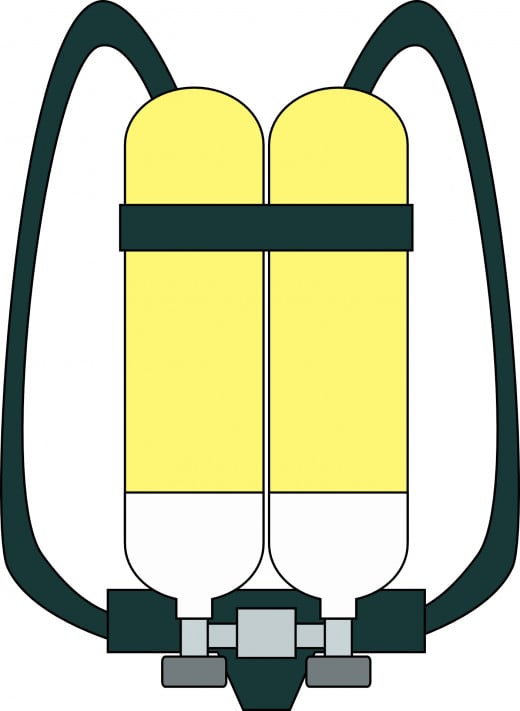
Problems Patients Could Face:
1) Wrong size mask
2) Skin irritation
You can change the brand and check if the problem persists. Different brands manufacture masks of different sizes and so one can effectively change the size of the mask to suit the shape of the face. If skin irritation persists, you should try creams and ointments.
Learn to Watch for Sleep Apnea
One must learn to recognize sleep apnea and begin treatment as soon as it is possible. Look for people who snore and find out if they exhibit signs like restlessness and irritation. Sleep apnea causes carbon dioxide build up in the blood because of which tissue rebuilding stops. This can lead to diseases like diabetes mellitus, high blood pressure, heart disease and memory loss.


